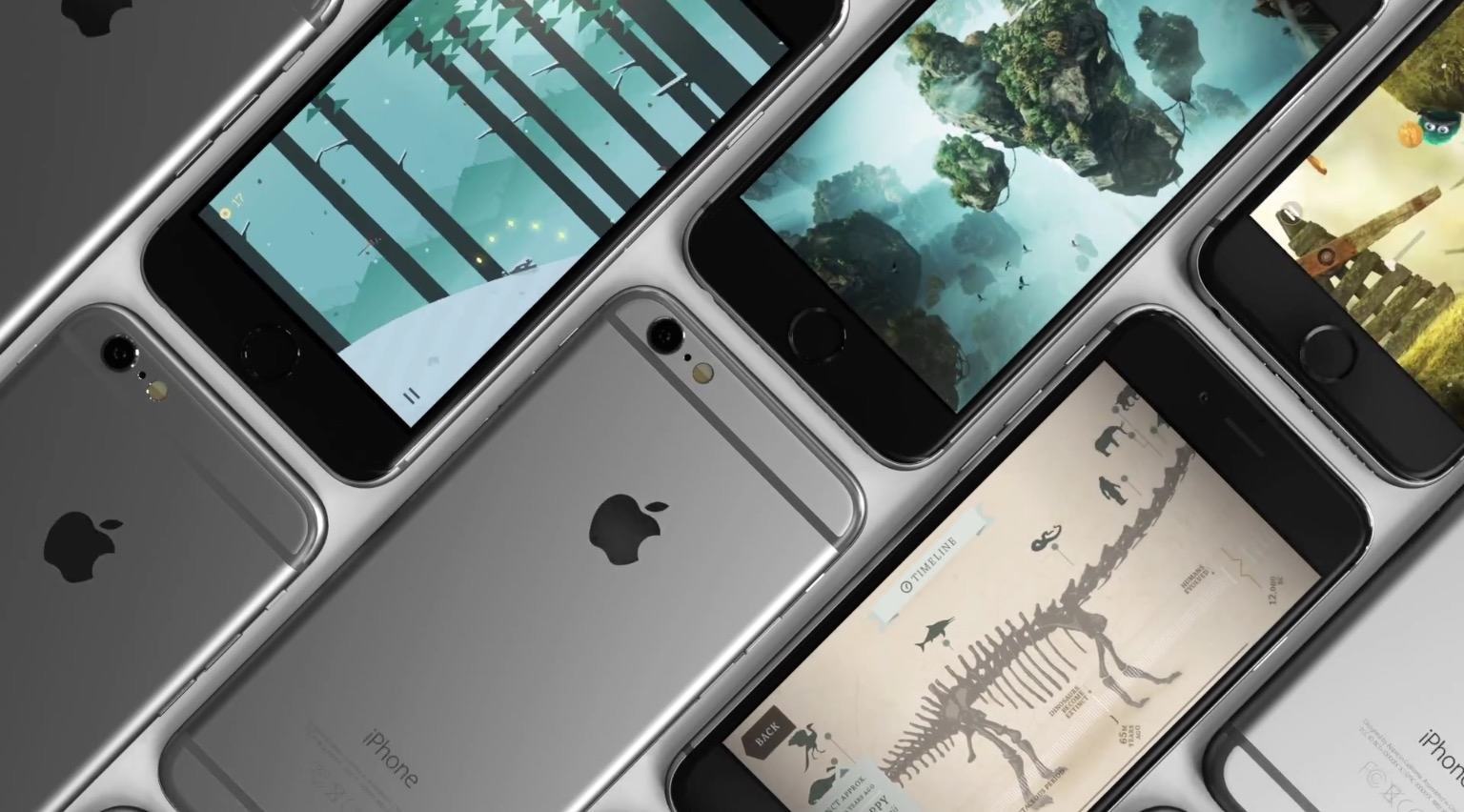Good overview by Jason Snell on the new features coming with Photos 1.1 in El Capitan. Improvements to geotagging caught my attention, primarily because batch-editing of hundreds of files works best on a Mac:
Yes, in Photos 1.1 you can add a location to an image or batch of images that weren’t geotagged, as well as edit the location of data of already-geotagged images. To do this, you open the Inspector window. A not-yet-geotagged image will offer a section of the window labeled Assign a Location. Clicking in this area will let you enter a street address or a name of a point of interest, and Photos will search Apple’s Maps database. If that location isn’t good enough for you, you can always click on the pin and drag it around the map, placing it wherever you like.
See also: Jason’s first look at the El Capitan public beta for Macworld.


